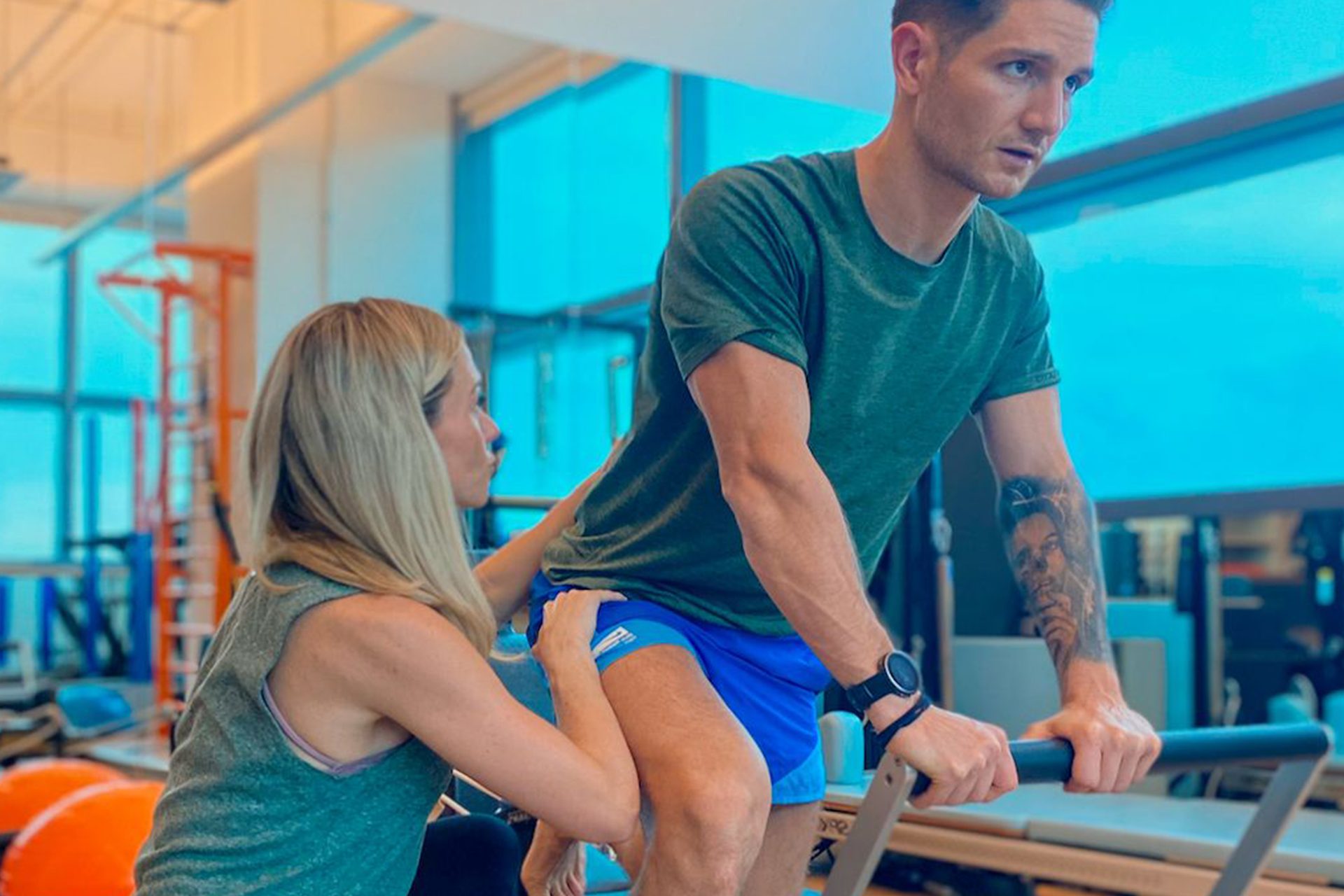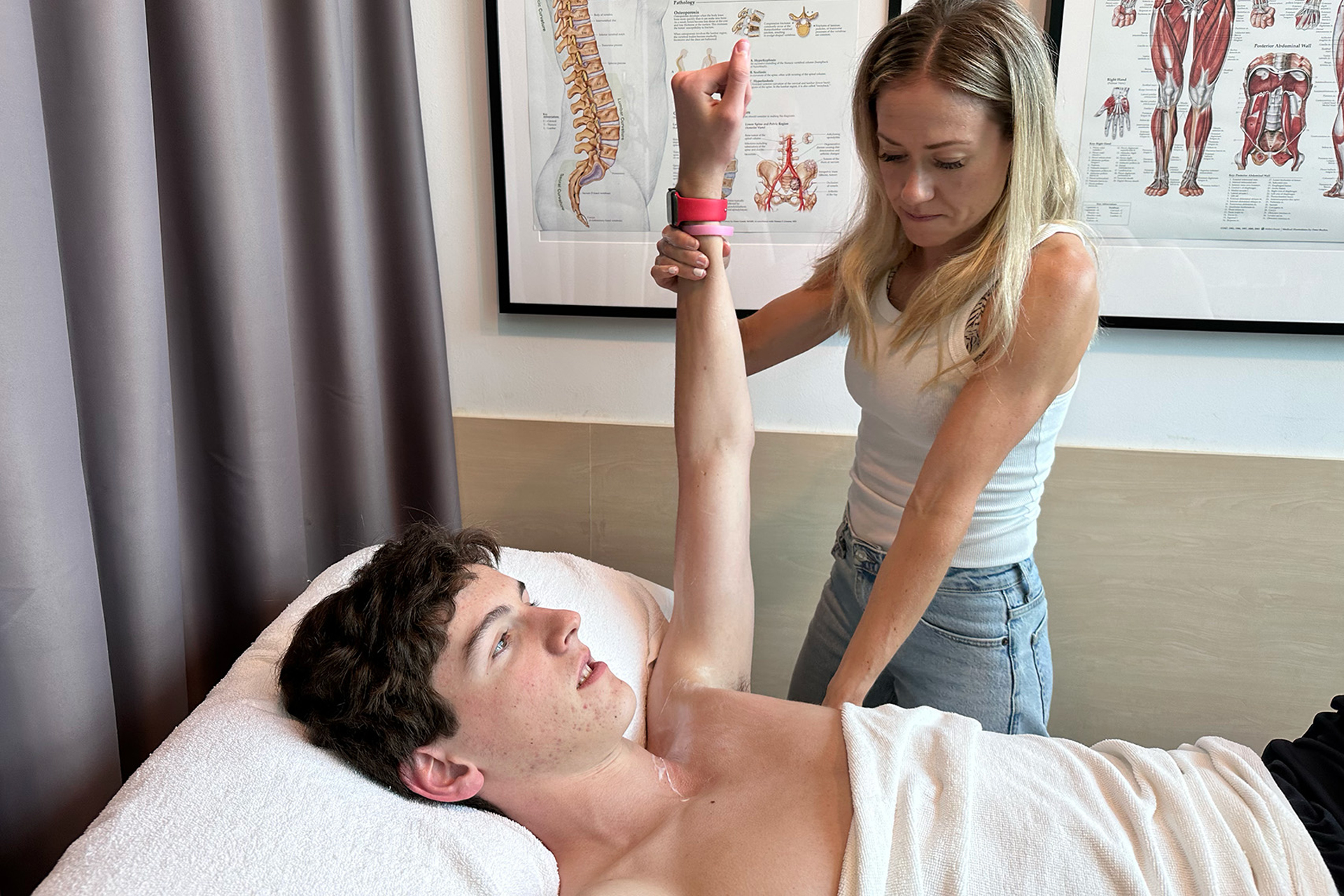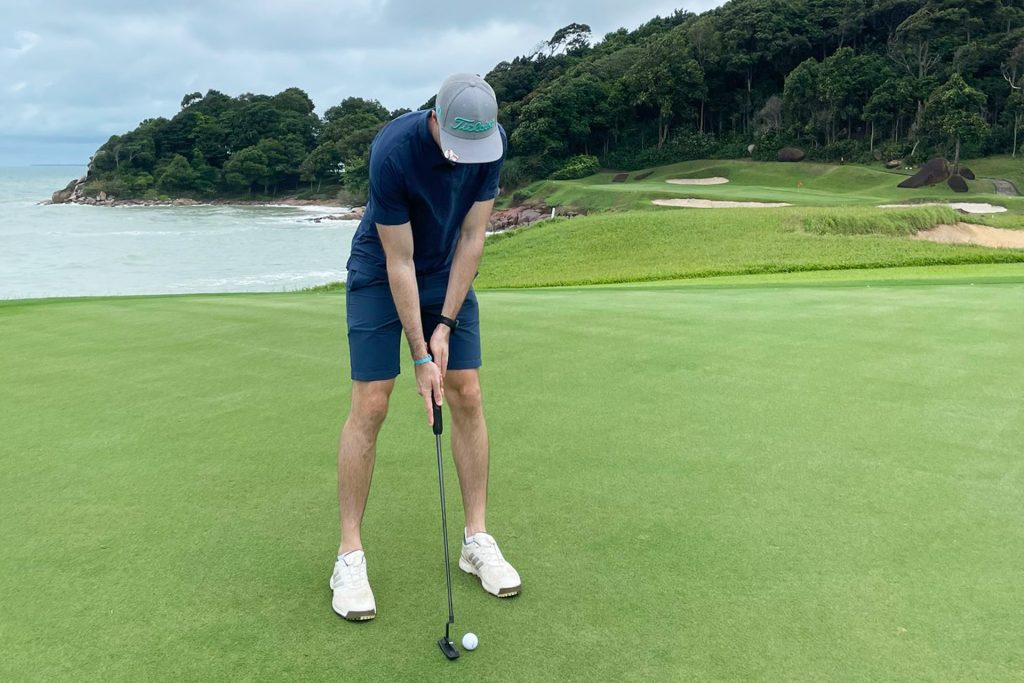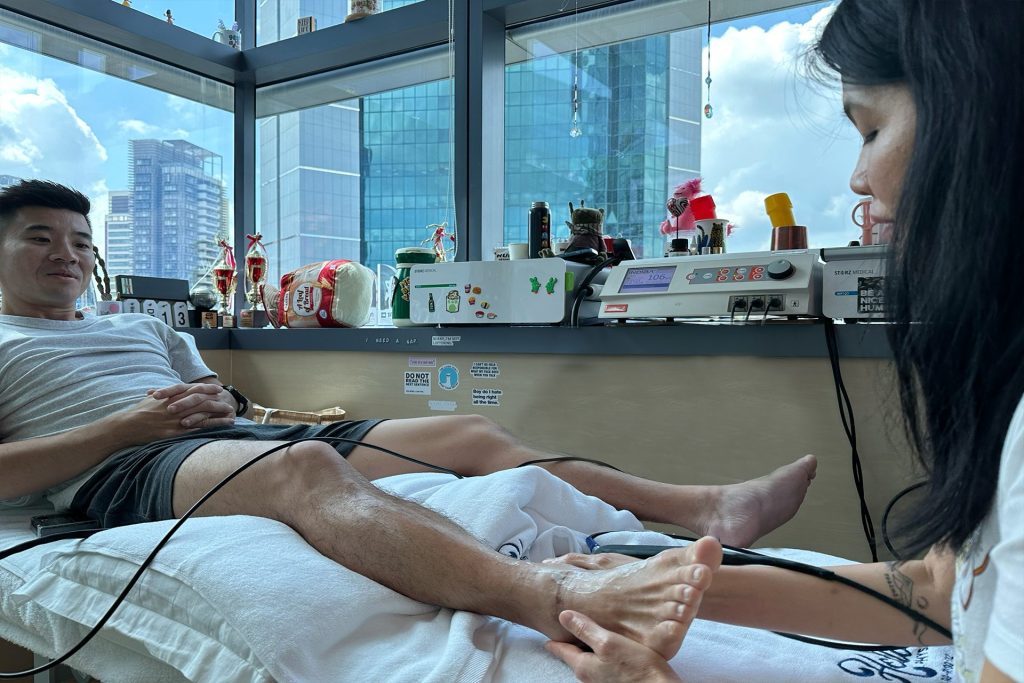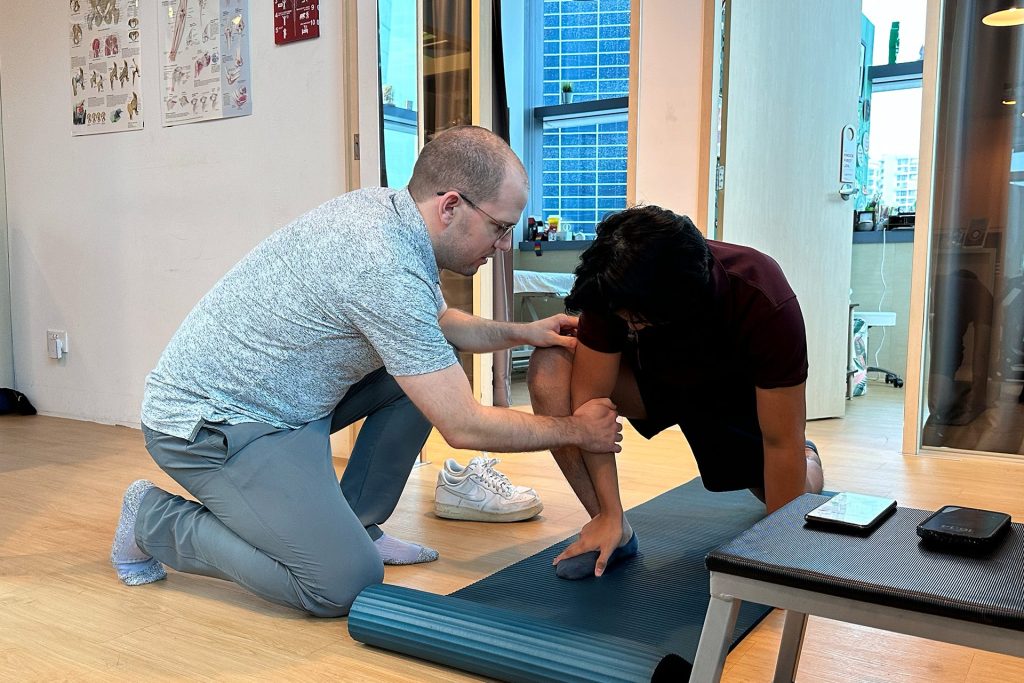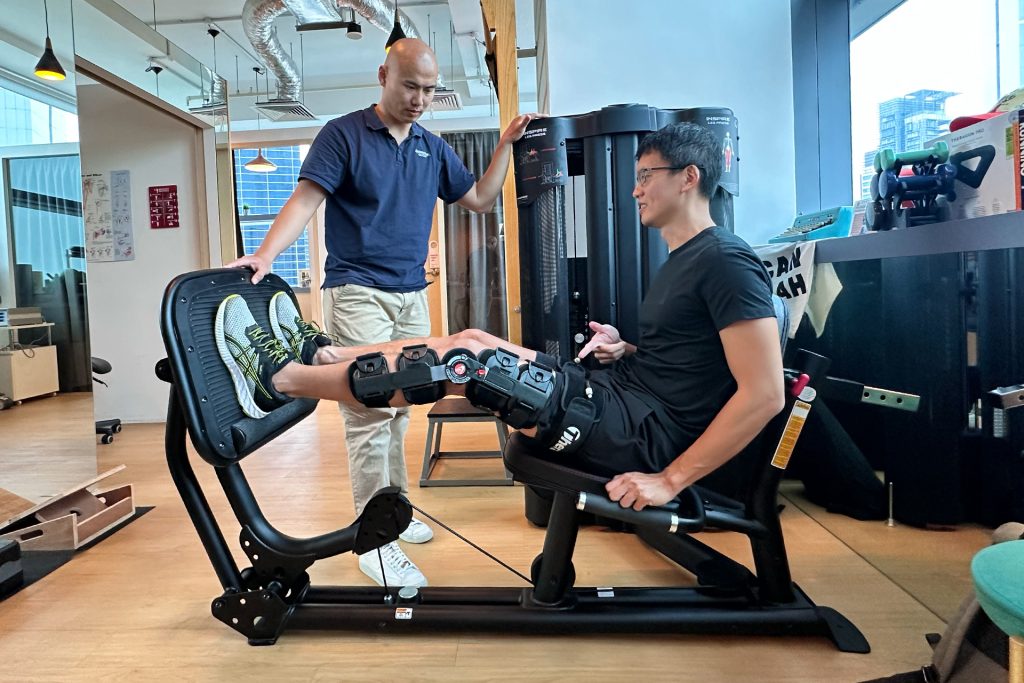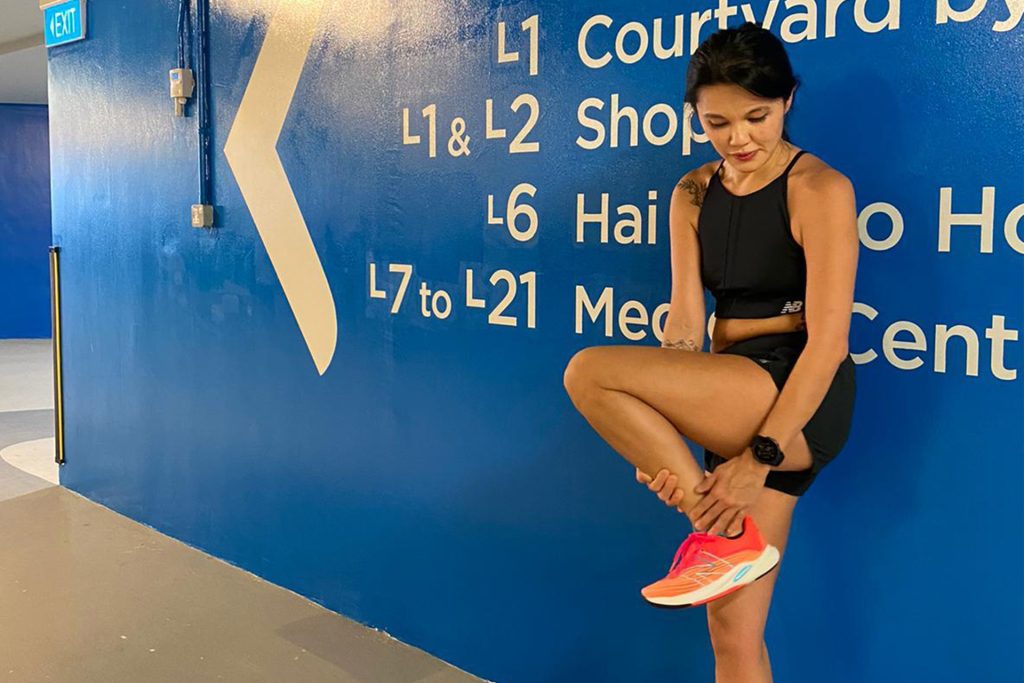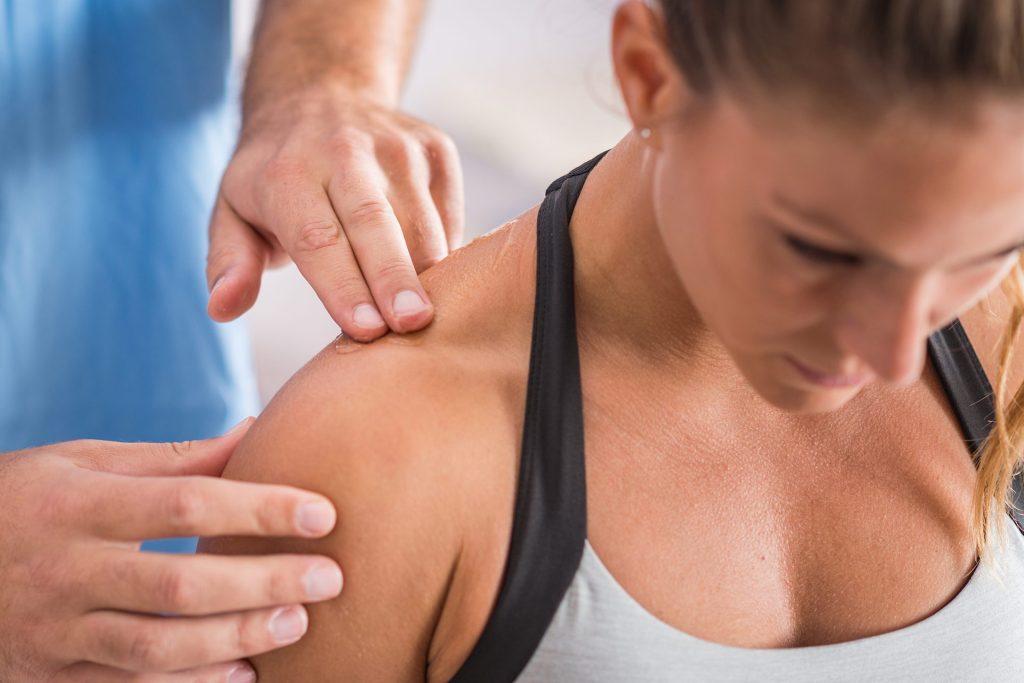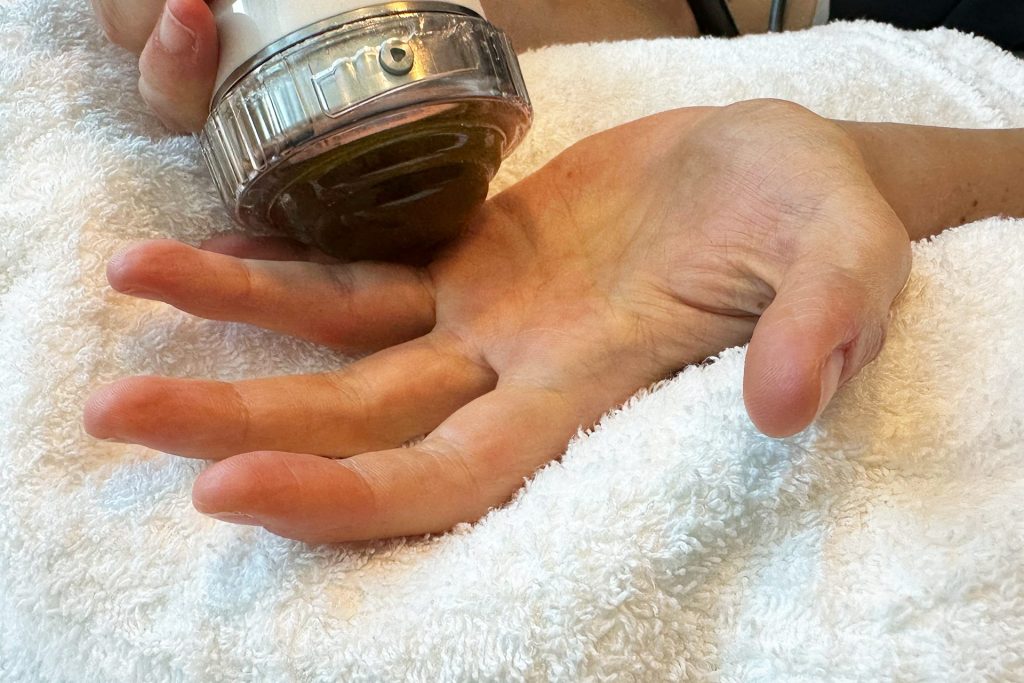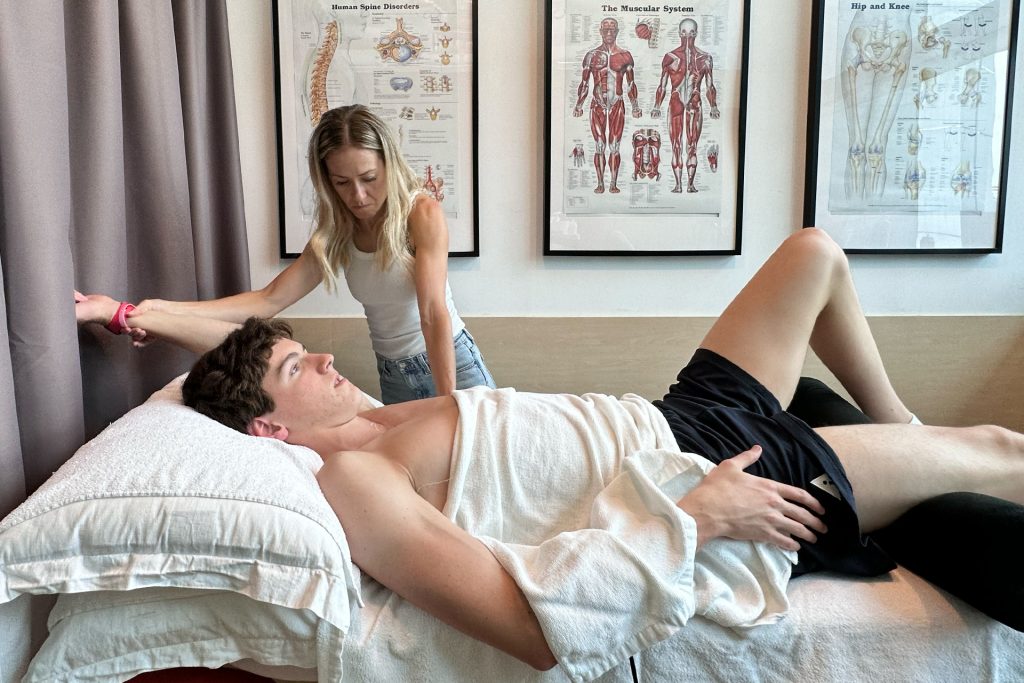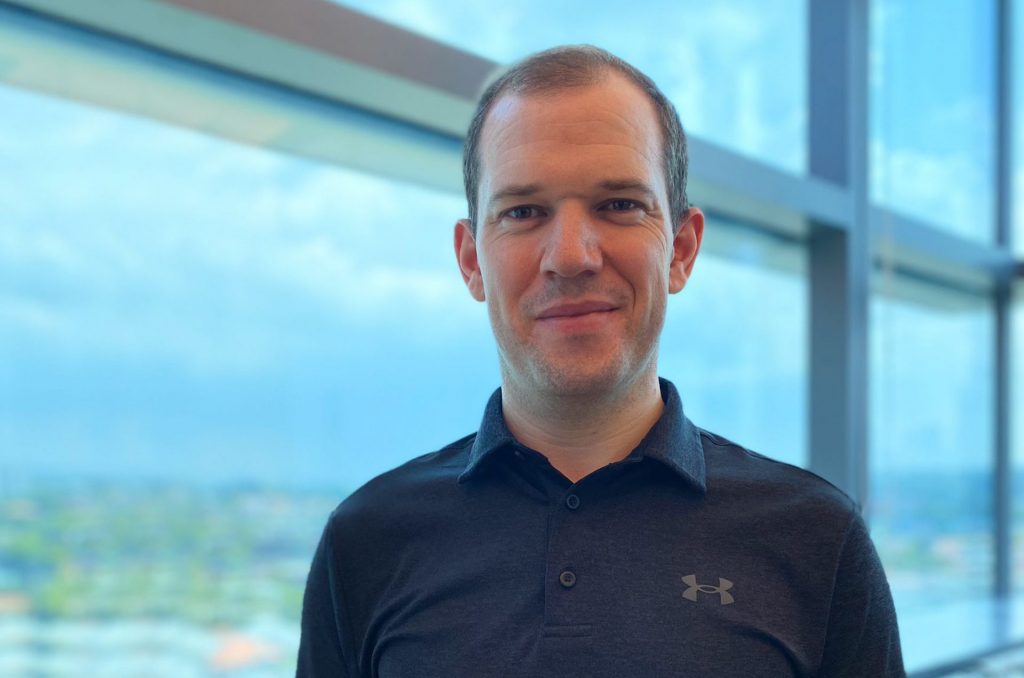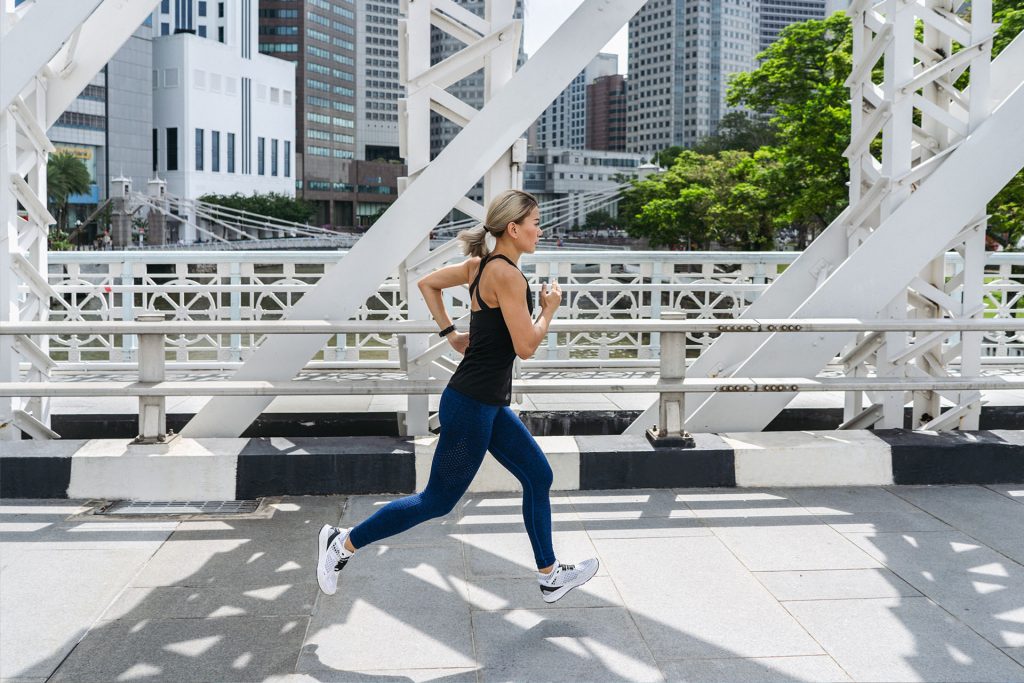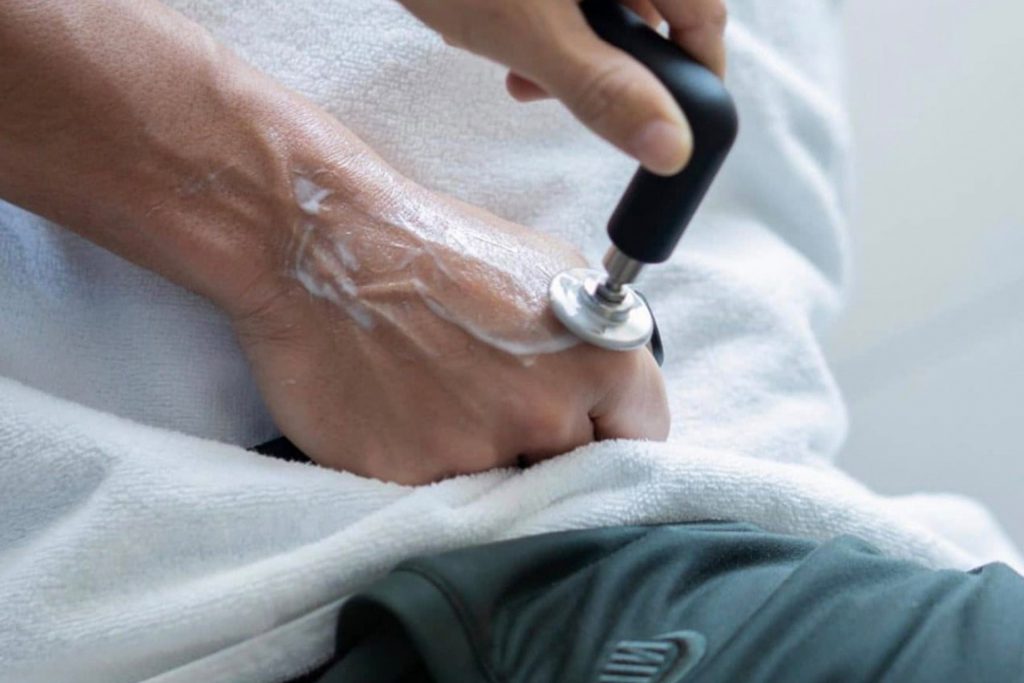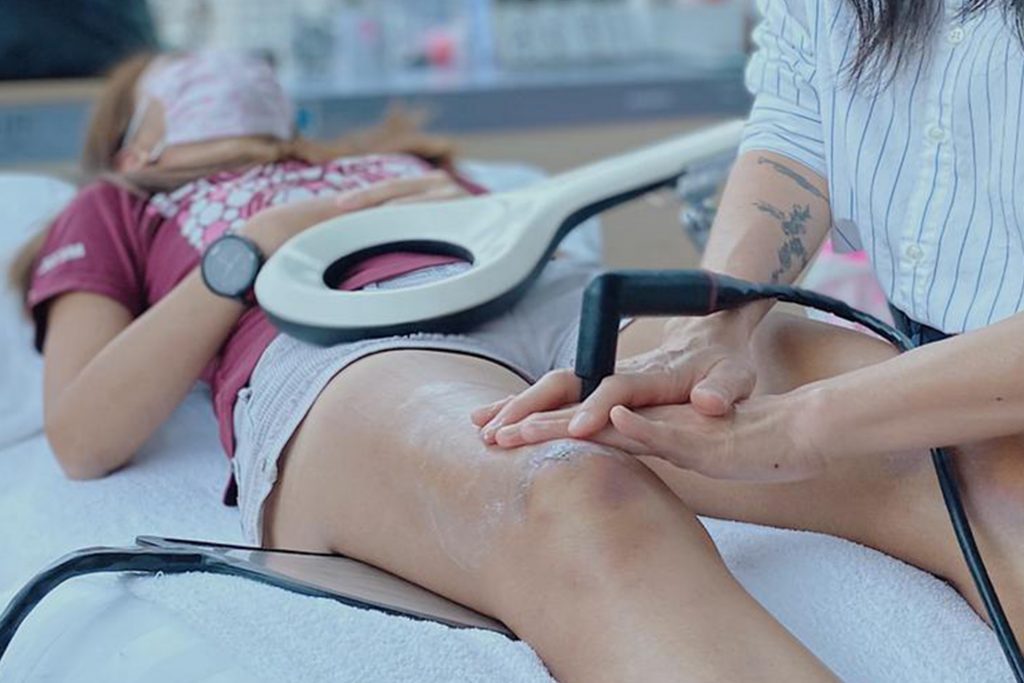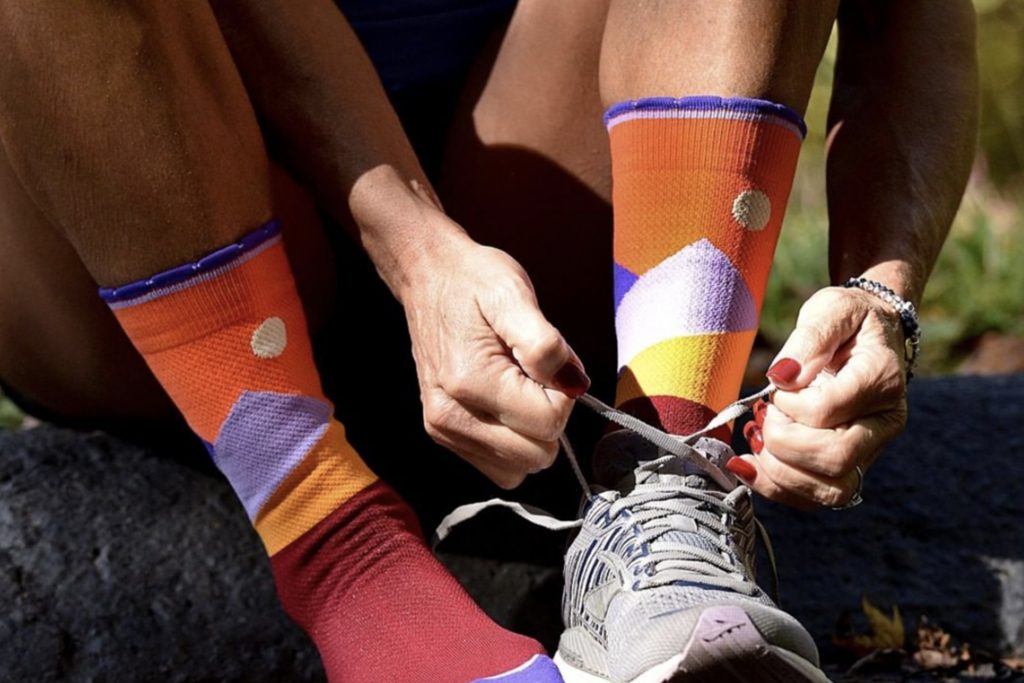Suppose you’re like most athletes who push their bodies to attain higher performance levels. In that case, you may be putting additional strain on your joints in a way that can raise your risk of developing degenerative hip arthritis compared with the recreational runner. And, if you participate in sports that involve high-impact and lower limb twisting movements, you may be at an even higher risk of developing hip osteoarthritis compared to recreational runners.
At our sports physiotherapy clinic, we can help you with a diagnosis of musculoskeletal injuries like hip osteoarthritis and treatment of related sports injuries.
What Is Osteoarthritis of the Hip
Osteoarthritis is a degenerative disease that afflicts the joints. This condition mainly affects overused or overextended joints and is the most common form of arthritis that afflicts millions worldwide.
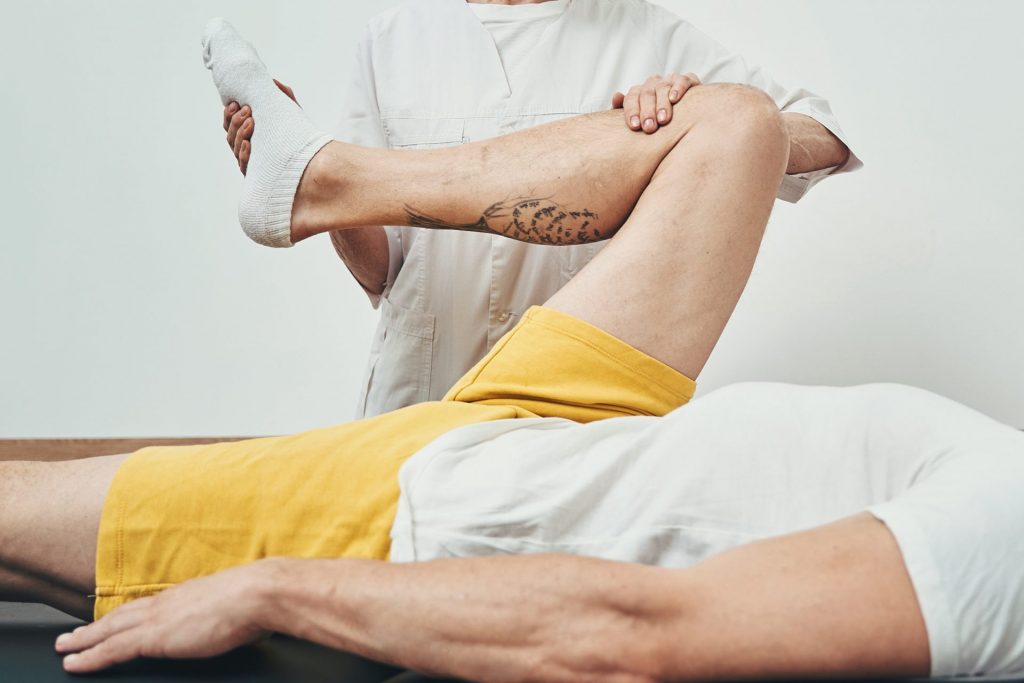
It was once thought to be prevalent mostly in aging populations, but we now know it can affect people at any age. Osteoarthritis affects every part of the joint area, including the cartilage, ligaments, bone, fat, and tissues that coat the joint. It has different effects on each part of the joint and can cause the bone to change shape, inflame the ligaments and tendons, and degrade cartilage.
These effects typically manifest in symptoms like pain, impaired mobility, reduced function, stiffness, and overall lower quality of life. For some people, osteoarthritis results in functional disability.
Causes and Symptoms Hip Osteoarthritis
People used to believe osteoarthritis primarily affected the older populations — hip osteoarthritis in elderly whose joints had worn down over the years — hence its household name of “wear-and-tear” arthritis. However, modern research has found that there are a multitude of different factors that contribute to osteoarthritis in patients, young and old.
Muscle weakness, joint injury, and aging were thought to be the most relevant factors. Though the risk of developing osteoarthritis increases significantly in patients over 50, other factors also exist. Poor nutrition, obesity, occupational hazards, and musculoskeletal abnormalities are just some of the other contributing risk factors to degenerative hip osteoarthritis.
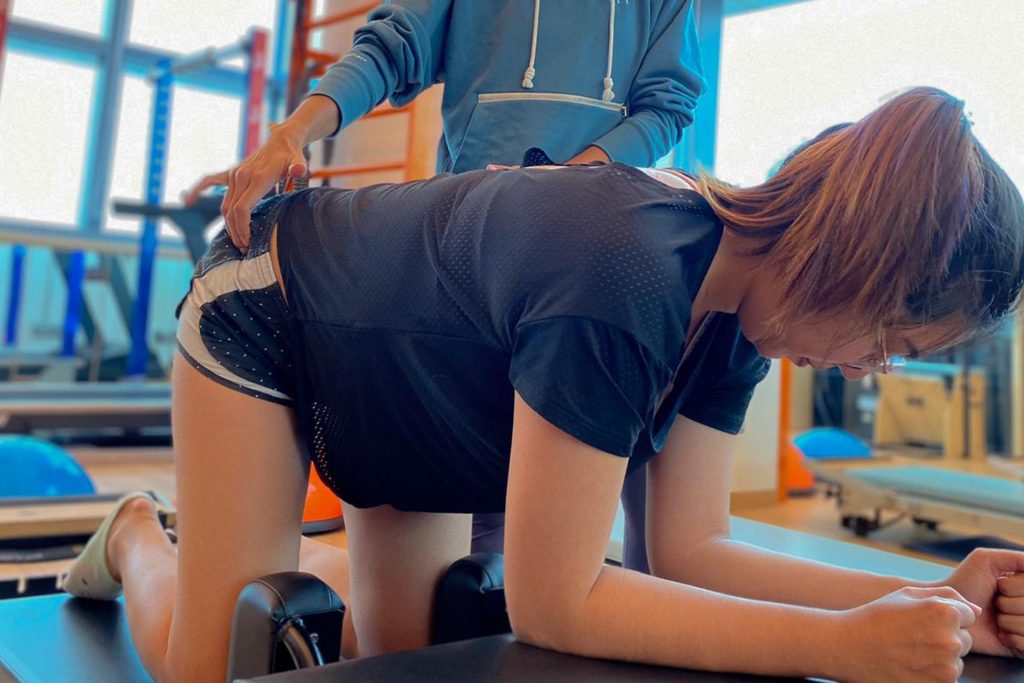
The symptoms of osteoarthritis are similar to other types of arthritis. Pain after strenuous activity in the joints, stiffness first thing in the morning, limited mobility, inflammation around a joint, or joint instability are some common symptoms. These symptoms can vary depending on which joint is afflicted. For example, in the hips and knees, it can result in a scraping sensation when bending the joint; in the fingers, it manifests as pain in the base of the thumb.
The prevalence and incidence of osteoarthritis continue to accelerate as the life expectancy of the general population increases. Estimates indicate that nearly one in four people are expected to develop symptomatic osteoarthritis in their lifetime. Although osteoarthritis is thought to be a progressive disease in adults and senior populations, several risk factors apart from age can predispose people to osteoarthritis, including joint injury, musculoskeletal dysfunctions due to high-impact sports in athletes or osteoarthritis hip pain at night.
Risk Factors for Hip Osteoarthritis in Athletes
The association between participating in sports and osteoarthritis is still in the process of being researched. We do, however, know that certain sports, though not all, often result in an increased risk of degenerative hip arthritis.
Sports and exercise have clear health benefits, such as improving bone health, cardiovascular function, and energy metabolism. Active lifestyles stimulate dopamine receptors in the brain, improving one’s mood. Beyond the neurological effects, sports can provide entertainment and enjoyment for many people who enjoy participating in physical activity.
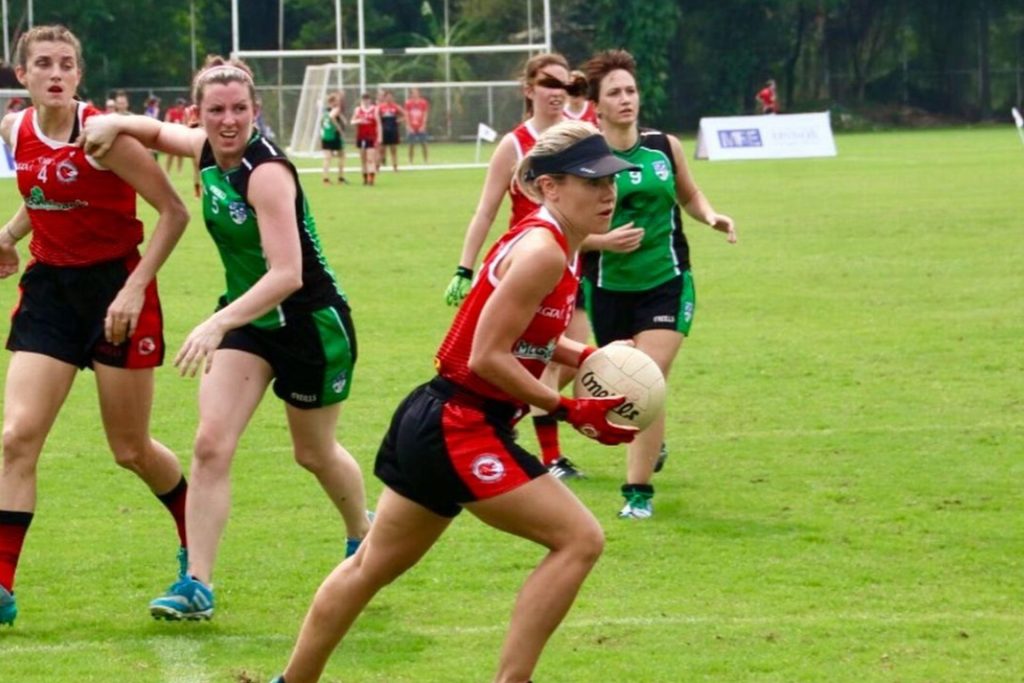
Despite its many benefits, vigorous physical activity also increases the risk of injury to tendons, bones, and joints. Joint injuries can damage structures within the joint, like the menisci, ligaments, and articular cartilage.
High-impact sports athletes are at a higher risk of developing hip osteoarthritis as compared with participants in low- or non-impact sports. Sudden and repeated impacts are common in sports like these, damaging the hip joint without suitable proprioception or muscle absorption. Over time, this increases the chances of minor hip injuries, muscle fatigue, and ultimately, hip osteoarthritis.
Sports and exercises like these include:
- Exercises with sudden changes in movement and direction: Sports like baseball or tennis put heavy stress on the joints when the joints in the arm are forced to respond quickly to snapping motions.
- Exercises on uneven terrain: Uneven terrain forces runners to continually modify their gait with virtually every stride. The constant adjustment for stability increase strain on the hip — the more uneven the surface, the greater muscle coactivation, which requires the hips to work harder.
Another reason for the higher risk of developing hip osteoarthritis could be femoroacetabular impingement. This is when the ball of the hip pinches against the cup of the hip joint, over time damaging the cartilage and reducing mobility. Femoroacetabular impingement is more prevalent in athletes, especially in high-impact sports or sports such as rugby or football that require end-range hip flexion, adduction, and internal rotation movements.
Individuals who experience knee or hip injuries are more likely to develop hip osteoarthritis. For example, soft tissue injury in the knee can lead to muscle dysfunction in the thigh, causing the hip to overcompensate. Over time, that misalignment increases the chances of hip osteoarthritis.
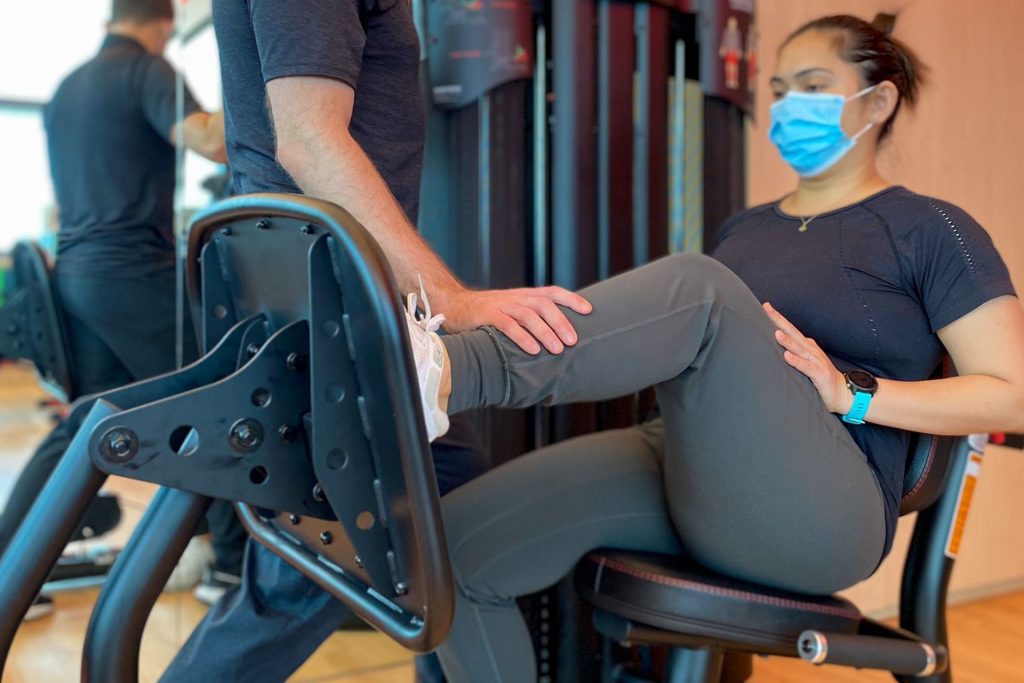
The increased risk of hip osteoarthritis has been attributed to joint loading. The patient frequently places hefty mechanical loads on the hip joint because the sport requires rapid stoppages, accelerations, and cutting movements. The accumulation of heavy loads may decrease the joint’s range of movement, which is typical of osteoarthritis. Consequently, these sports can cause an overload that wears cartilage in the hip, contributing to its degeneration.
There’s also a high prevalence of hip osteoarthritis in those who participate in high-impact activities like weightlifting and jumping. Excessive weight loading of the weight-bearing joints, like the knees or back, can lead to degeneration, resulting in osteoarthritis.
Comparison of Osteoarthritis in Recreational versus Elite Runners
Despite some sports being associated with an increased risk of developing osteoarthritis, sports participation still provides health benefits, such as bone health, cardiovascular function, energy metabolism, insulin action, and psychological status. Thus, it can be argued that despite the higher risk of developing osteoarthritis, the overall health benefits of an active lifestyle through proper activities outweigh the adverse effect of developing osteoarthritis or post-traumatic hip osteoarthritis following an injury.
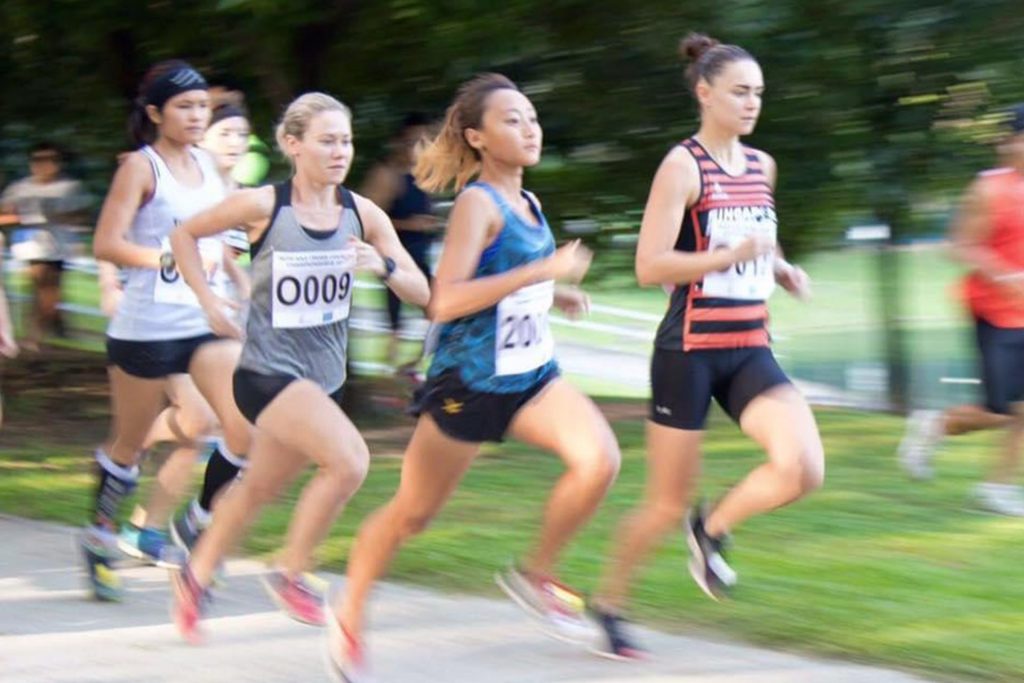
The rate of osteoarthritis in runners also highly depends on the intensity of the exercise. Studies have found that recreational runners have a lower risk of developing osteoarthritis (3.5 percent) compared to sedentary individuals (10.2 percent). This is likely due to how often they activate their knee and hip muscles by running, increasing blood flow, and preventing stiffness.
However, competitive or elite runners have a higher chance (13.5 percent) than the other demographic groups. The high frequency of running coupled with the intensity of their speeds increases the risk of hip osteoarthritis. This does not mean all competitive runners will develop osteoarthritis, and it only suggests that elite runners ought to take more preventative measures to reduce their risk factors.
Physiotherapy for Osteoarthritis of the Hip
In Singapore, a Ministry of Health survey suggests that 23.7 percent of residents between 18 and 50 suffer from acute or chronic arthritic and joint conditions.
Physiotherapy can play a significant role in managing patients with degenerative hip arthritis. The American Academy of Orthopaedic Surgeons recommends physical therapy as one of the best approaches for managing hip osteoarthritis. Even with the high prevalence in Singapore, it’s wrong to assume that hip osteoarthritis will automatically lead to joint replacement surgery!
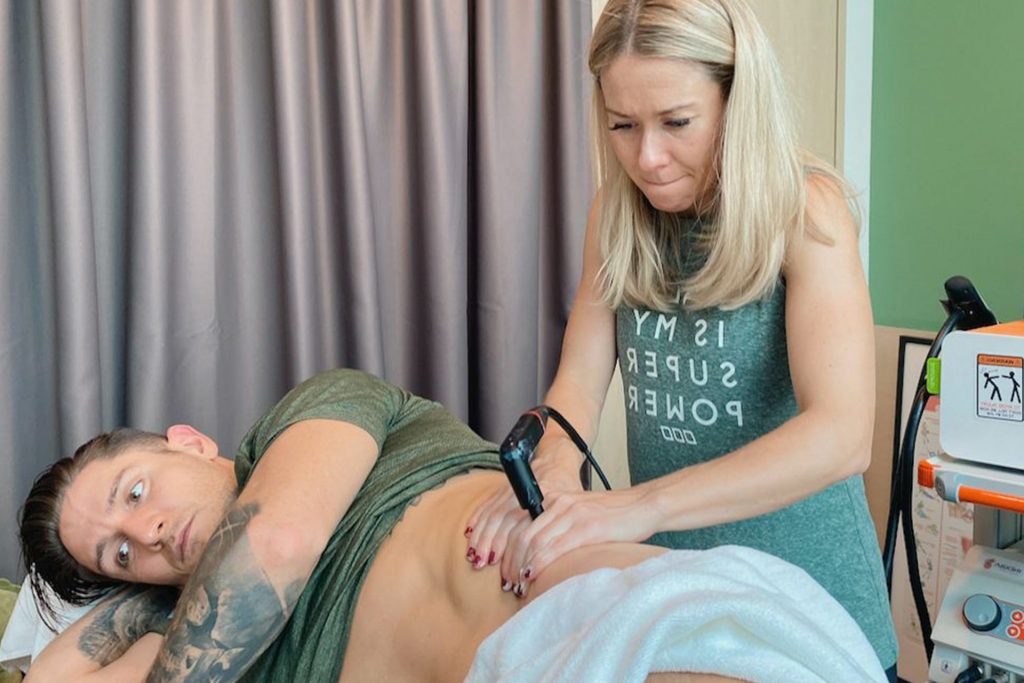
Physiotherapy also helps relieve pain, restores normal movement in the hip and legs, and addresses pain management and functional adaptations. Patient-specific exercise programs are essential for a patient with hip pain, as healthy cartilage requires some loading to maintain its mechanical properties. These exercises have proven to decrease pain and improve function in hip osteoarthritis. Hip osteoarthritis treatments may include:
- Manual Physical Therapy A range of manual therapies may be used to treat hip osteoarthritis to reestablish movement patterns. These physio techniques include soft tissue injury stretches, joint mobilization, and manipulation to decrease pain and improve hip range of motion, especially in elderly populations.
- Clinical Pilates This is a first-line intervention in the management of osteoarthritis of the hip. This is based on the principle that exercise builds strength and range of motion to increase joint stability and flexibility and reduce pain, thus optimizing functional capacity. Lower-impact activities such as swimming, cycling or using an elliptical machine, or working out in a pool where buoyancy will decrease the excessive load on the joint will also prove helpful in building strength and restoring some mobility.
- Shockwave Therapy Extracorporeal shockwave therapy, or ESWT for short, has been shown to improve symptoms of hip osteoarthritis. In shockwave therapy, your physiotherapist will use a small device to apply shockwaves to your soft tissues, stimulating healing and recovery. In particular, researchers found that ESWT promotes healing in the cartilage and bone within the joint structure, which both slows degeneration and reduces pain.
- MAGNETOLITH As cartilage damage occurs from a combination of biomechanical and biochemical issues, the damage to the tissues essentially supersedes the body’s ability to repair the tissue. Extracorporeal Magnetotransduction Therapy (EMTT) effectively speeds up tissue regeneration to accelerate healing and counter the imbalance. The therapeutic approach also helps to reduce inflammation and restore mobility in beleaguered joints, thereby reducing pain.
- Sports Massage Therapy Massage for hip osteoarthritis helps to reduce mechanical overload, inflammation, and other factors associated with aging that play a role in aggravating the progression of hip osteoarthritis. Our physiotherapists can treat your joints through targeted massage techniques to ease pain and stiffness, relax and loosen muscles to improve joint function, and enhance blood flow to oxygenate damaged tissues.
- LightStim Red Light Therapy This is another modern technology used to treat osteoarthritis at our clinic. With LED light therapy, the patient’s cells benefit from multiwaves of red and infrared light to boost mitochondrial efficiency. Also known as ‘photobiomodulation,’ the adjunctive therapy reduces inflammatory biochemical markers that lead to cellular dysfunction and biostimulation. Ultimately by boosting the body’s physiological responses and increasing ATP production, oxidative stress is reduced, promoting cellular regeneration.
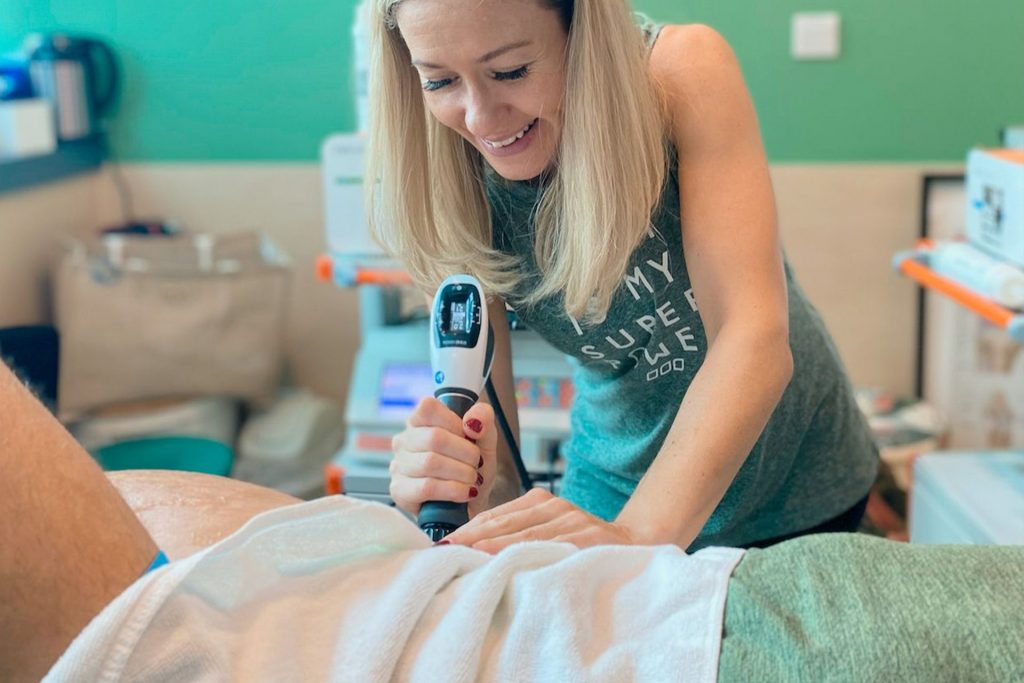
HelloPhysio’s multidisciplinary approach and a team of clinical experts in musculoskeletal dysfunctions specialize in diagnosing and treating osteoarthritic conditions in patients of all ages.
If you’re experiencing sudden hip joint pain after running, or are recovering from elective hip surgery, contact us today to start your road towards a pain-free recovery. Our complementary treatment plans will help you regain full mobility and build a resilient foundation for your overall musculoskeletal hip health.

